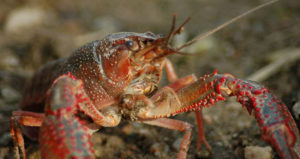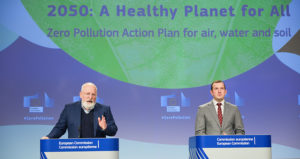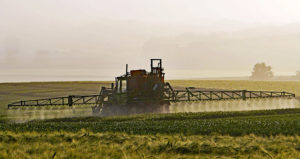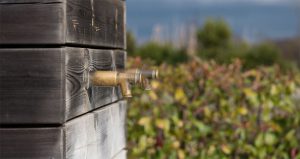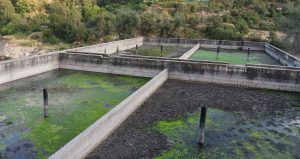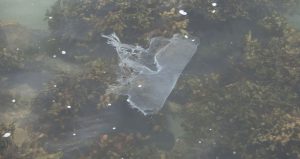Dutch government: Circular economy threatens environment
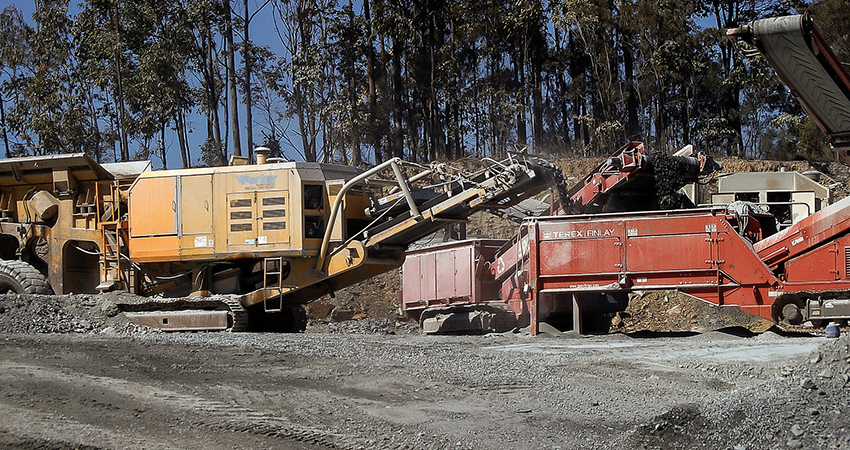
-
 Esther Rasenberg
Esther Rasenberg
Share article:
“The elimination of regulations for waste substances makes it attractive to declare all kinds of substances to be ‘products’, after which there is almost no supervision”. That is why the circular economy is a threat to the environment. This is stated in the Environmental Crime Threat Assessment 2021 that Dutch Minister of Justice and Security Grapperhaus sent to the Lower House the 14th of September.
According to the Threat Assessment Environmental Crime 2021 that was commissioned by the Strategic Environmental Chamber, these kinds of ‘products’ can easily cross the border. Afterwards, no one can check whether they are not dumped as waste after all. The government is therefore striving for a list of materials that are no longer covered by waste legislation and would henceforth be regarded as raw materials or as by-products. Such a list is an important tool for supervision and enforcement.
Green list
While the European Commission presented in May 2021 a plan ‘Towards Zero Pollution for Air, Water and Soil in 2050’ the circular economy in fact can cause a threat to the environment. The Dutch Intelligence and Investigation Service of the Human Environment and Transport Inspectorate (ILT/IOD) is concerned about the export of items incorrectly designated as ‘green list’ waste materials. There is still a lot of waste that crosses borders, of which it is not always certain that it will be reused or processed in an environmentally friendly way. ‘It can happen that waste materials are dumped in an Eastern European country, while the discarder can show a certificate that they have been processed properly,’ say the researchers.
Import of waste substances
It is also possible to circumvent the EU Waste Shipment Regulation (WSR) when importing waste materials for co-fermentation. The linking of waste incinerators to heat networks has even created an incentive to burn waste. Waste is imported from abroad to keep the waste-to-energy plants running. Of all the waste in the waste incineration plants in the Netherlands, one fifth now comes from abroad. This also creates a problem for the circular economy: what to do with all the, sometimes heavily contaminated incinerator bottom ash (IBA) that remains?
Problem substances
Waste does exist, the researchers conclude. Many contaminated soil or building materials can be cleaned, but it is often cheaper to process the contaminated soil or waste material legally, but also illegally, into a concrete product. Here, the environmentally hazardous substances are not removed from the material, but the risks of exposure to the substance in question are temporarily removed or isolated. Processed bottom ashes can be used by concrete and asphalt plants as a ‘mineral residue’ in their products, causing serious risks for soil and groundwater quality.
Granulite and Thermal Soil Remediation
In the Netherlands recent examples of waste processing in nature are the application of granulite in the lake Over de Maas. The application of Thermal Soil Remediation in a dike in Perkpolder is now being further investigated by the National Institute for Public Health and the Environment (RIVM). The follow-up research focuses on the quality of the fresh groundwater (the freshwater bubble) located close to the dike.


